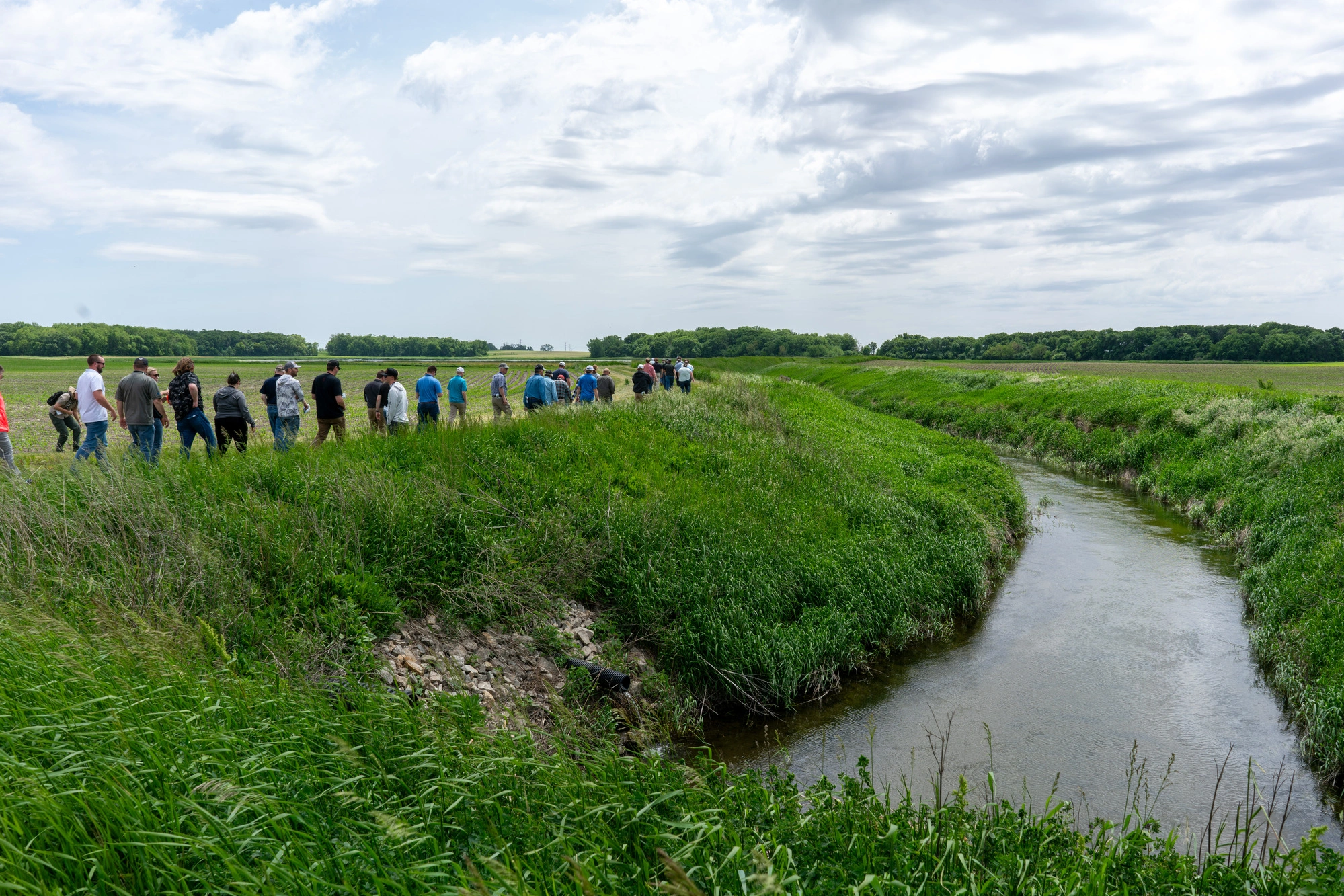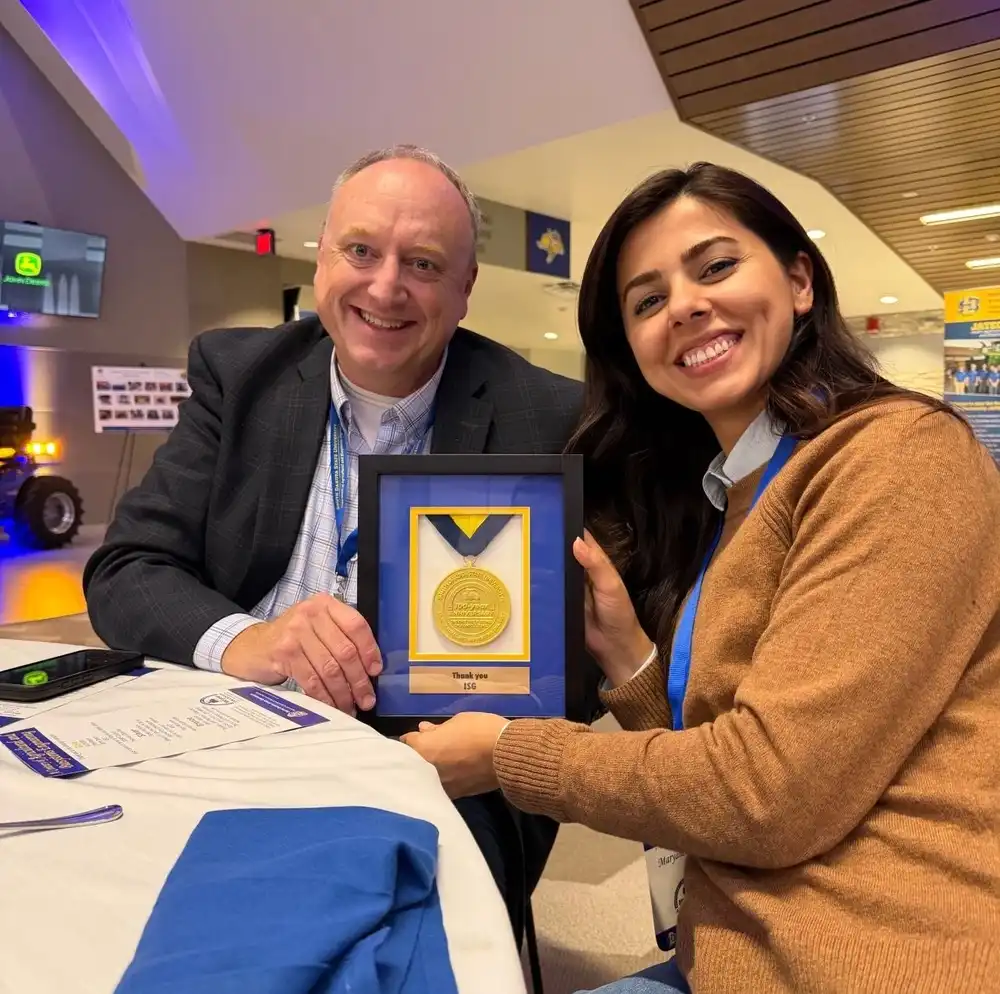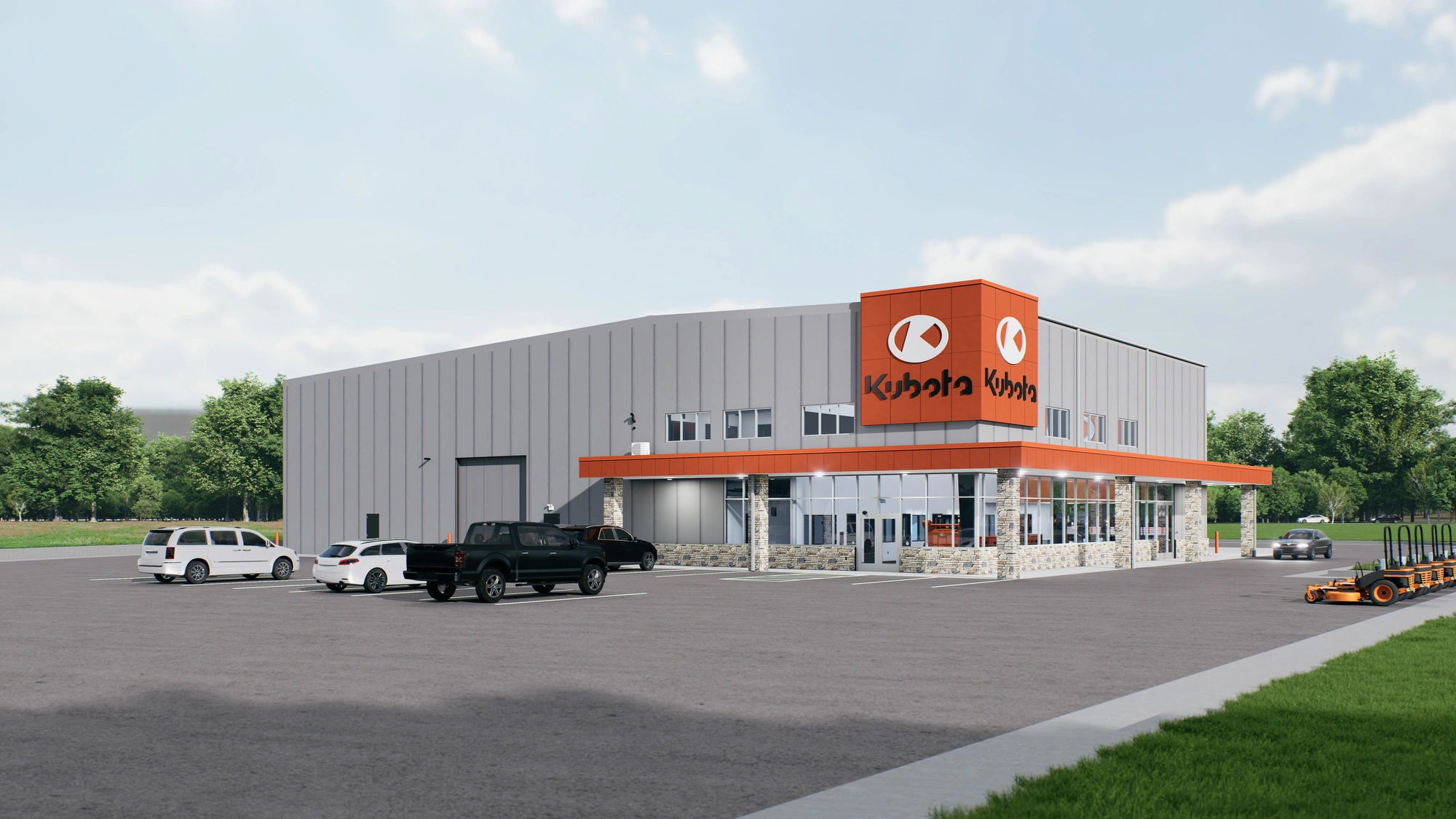Game-Time Decisions
Choosing field surfaces that protect athletes and the bottom line
As the level of play from student athletes continues to advance, so too should the performance of sports facilities. Every detail counts, and having trusted, experienced partners in the A/E industry can help districts, colleges, and universities make the right call for their competitors, coaches, and fans.
Synthetic turf: do the stats line up?
At ISG, we are confident in our A/E expertise, but we are not doctors so let's get that out of the way as our goal is to share information rather than define health truths. With that said, rumors that synthetic turf is dangerous for athletes have been recently muffled by research proving that instead of harming users, artificial field surfaces can actually help control critical variables contributing to lower extremity and head injuries. In a 2013 study conducted by Montana State University Department of Health and Human Development, a year-long evaluation of collegiate athletes, showed that not only do minor, severe, and traumatic injuries occur less frequently on synthetic turf in comparison with natural grass, but also that injuries triggered by field conditions effected by adverse weather were reduced by more than 25%.
The importance of preparing a design game-plan
With so many infill weights and options on the market, making a decision that is both financially responsible and safe for student athletes can be a daunting task.
Using a strategic cost-per-use analysis, designers can help weigh up-front installation costs with the long-term saving potentials between each type of natural and synthetic turf – all without compromising athlete safety.
GMax testing as one of the most influential technologies helping to address concussion and impact injuries in student athletes. Natural grass is unpredictable, but there are a full spectrum of infill types and qualities that can help control the hardness and density of field surfaces. The challenge is finding the right fit for each district and campus depending on their programming, cost, and maintenance needs.That's where we can provide the right diagnosis and solution.
Join the conversation #ISGSportsandRec #TurfTalk

Related Articles

.webp)
ISG Recognized as a 2025–26 Emerging Professional Friendly Firm for the Fourth Consecutive Cycle
ISG has been honored as a 2025–26 Emerging Professional Friendly Firm by AIA chapters in North Dakota, South Dakota, Wisconsin, and Minnesota in recognition of its commitment to fair compensation, licensure support, mentorship, and growth for early-career architects.

.webp)
Capturing Value From Every Drop: Reflecting On The Drainage Water Recycling Economic Analysis Report
Explore how ISG’s economic analysis of drainage-water recycling reveals the value in every drop, from yield gains and cost savings for producers to nitrogen reduction benefits for downstream communities.










